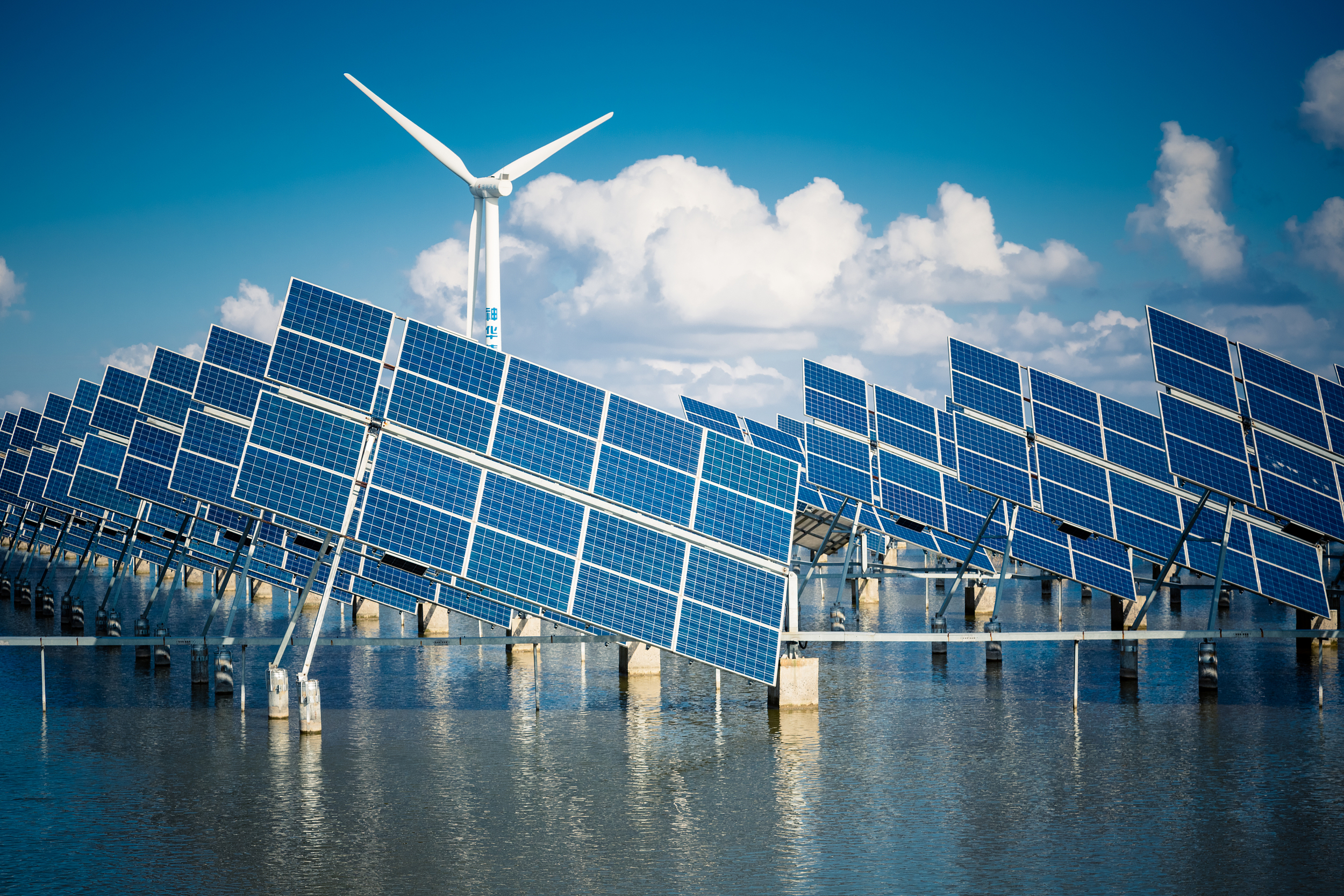renewables, nuclear become china's main source of power

(photo: vcg)
while china's carbon emissions increased again in the first quarter of 2023, the country also passed a symbolic milestone for the capacity of electricity generation from non-fossil sources.
these sources, including renewables and nuclear, passed 50% of china's installed power capacity for the first time, overtaking coal and other fossil fuel-based capacity.
solar installations increased to a record 34 gigawatts (gw) in the first three months of the year, nearly tripling the previous high of 13gw in the same period of 2022. (for comparison, total uk solar capacity has been stuck at around 13gw for the past five years.)
new wind power installations also reached a record for the first quarter. the 10.4gw added in the three months to march 2023 was an increase of 32% over the period in 2022.
research on energy and clean air (crea)'s earlier analysis for carbon brief found that such bases were going to enable china to meet its 2030 wind and solar capacity target years earlier than planned.
if installations [of new wind and solar capacity] in 2023 reach the 160gw target, then 385gw will have been added in the first three years of the five-year period, leaving up to 240gw per year to be added in the next two years.
beyond 2023, a continued rapid expansion of low-carbon energy could enable emissions to peak and enter into a structural decline, once the post-covid recovery has played out.
—analysis: china's co2 emissions hit q1 record high after 4% rise in early 2023, crea, 12-05-2023
